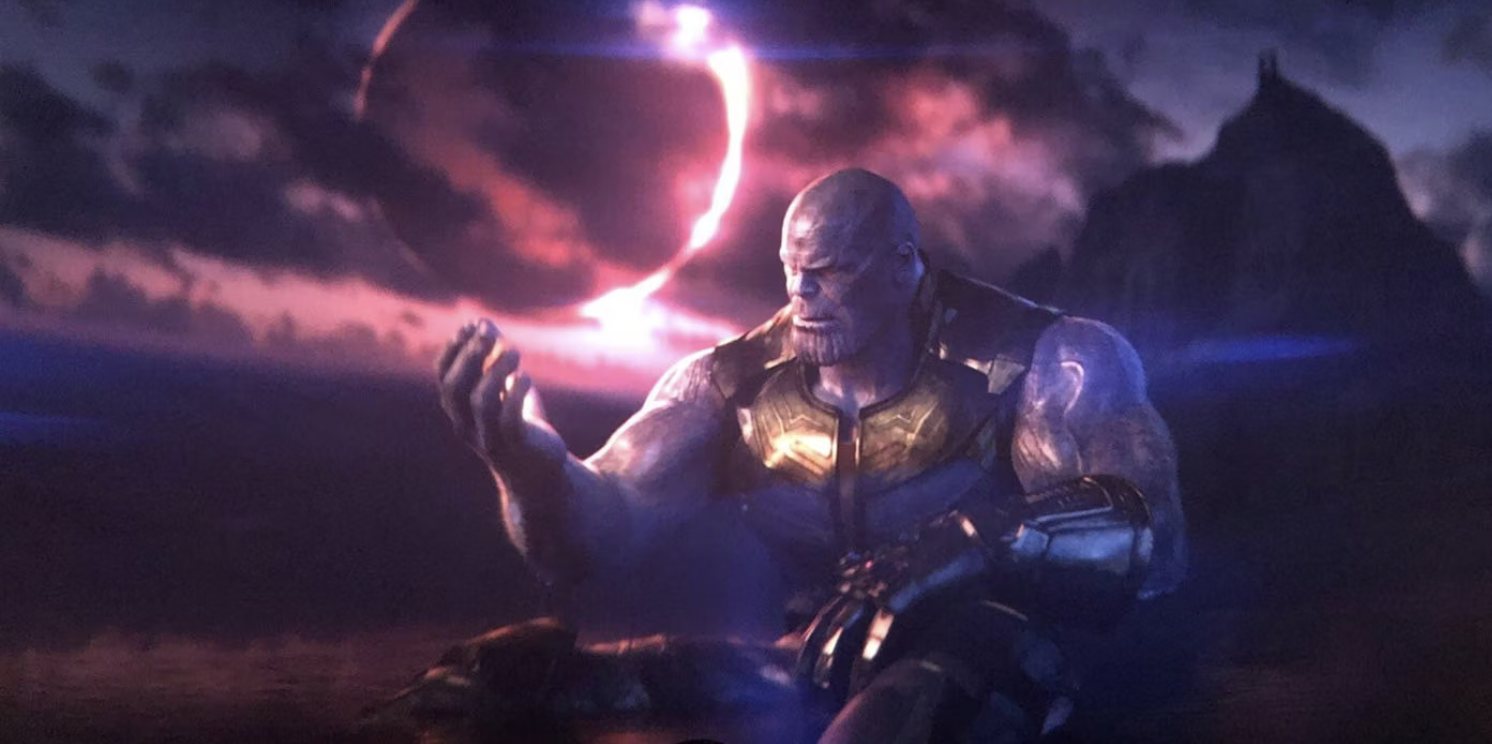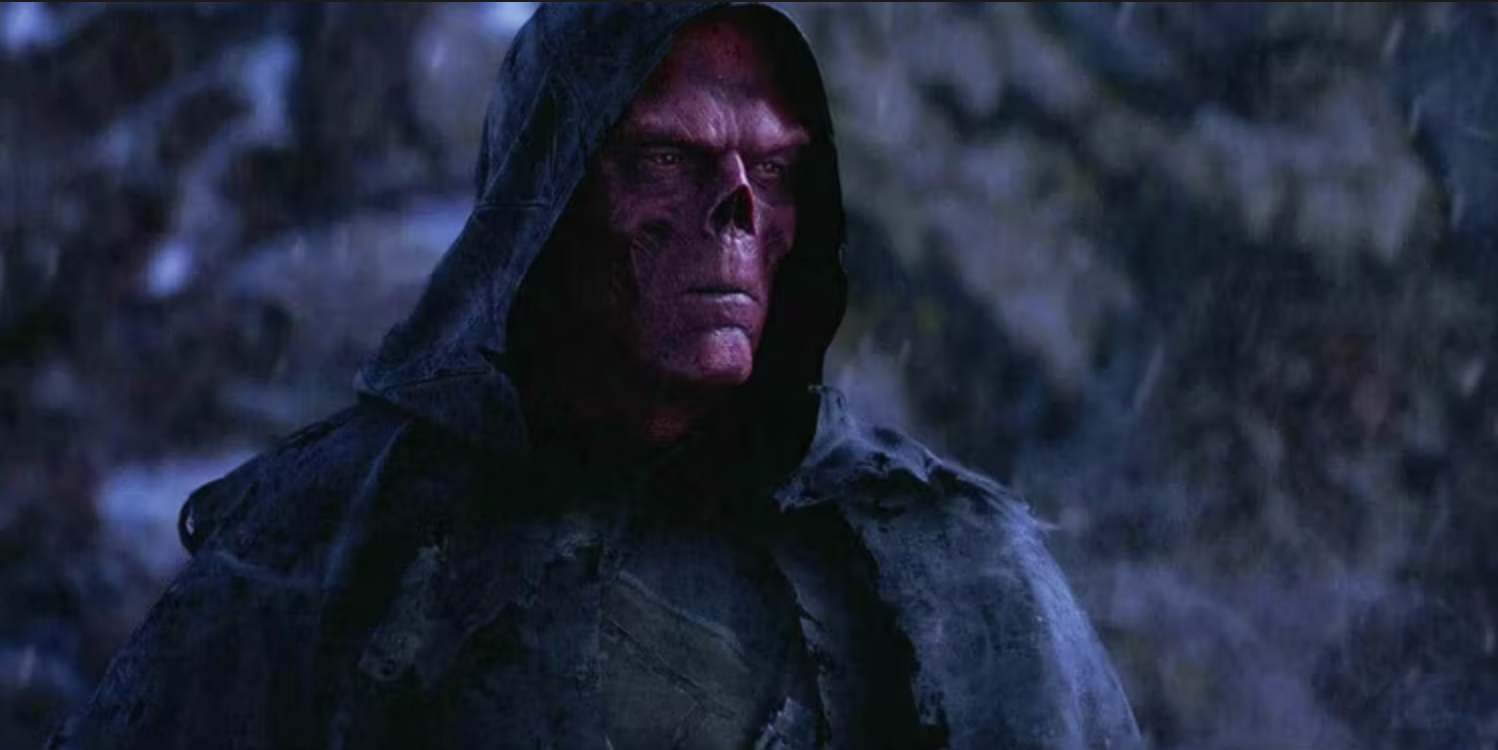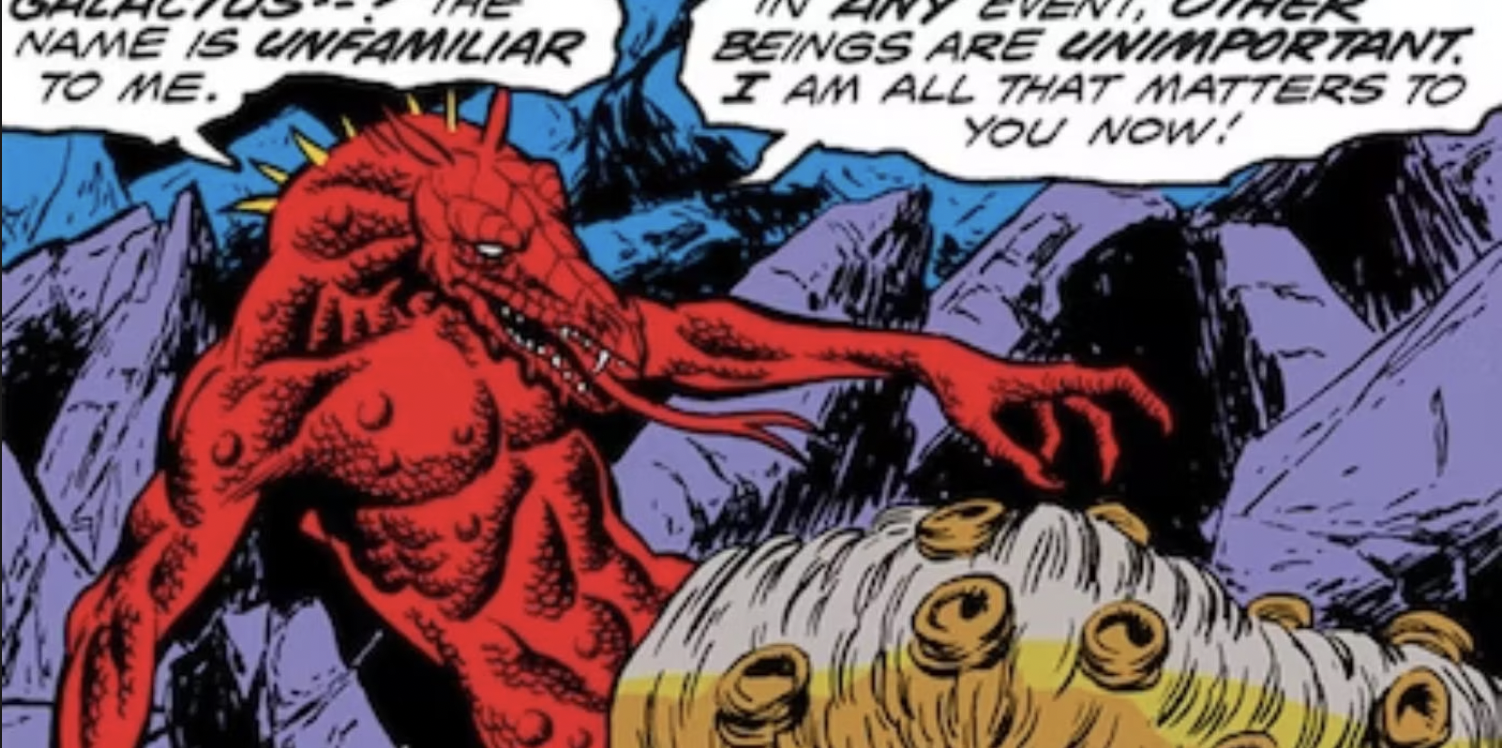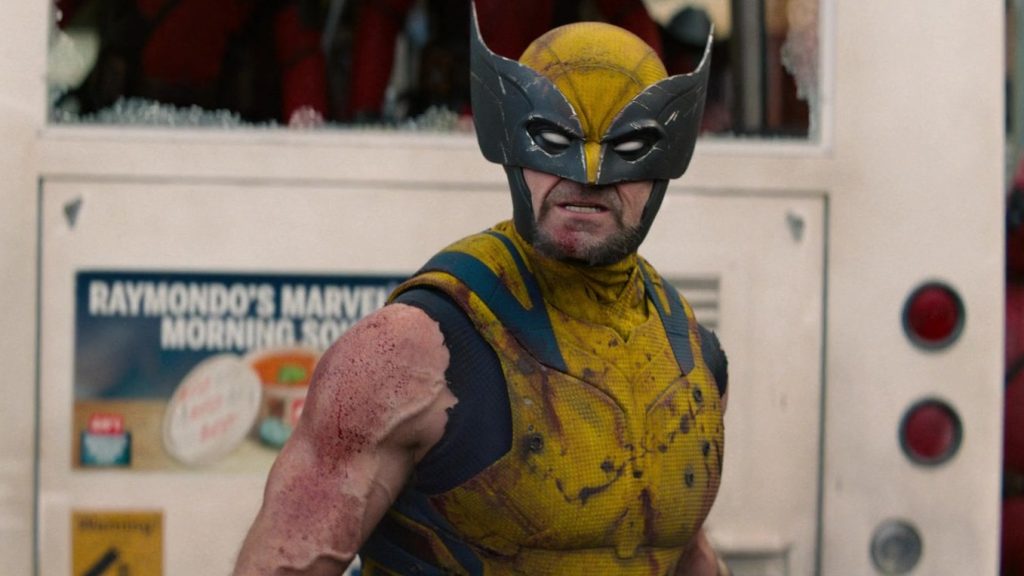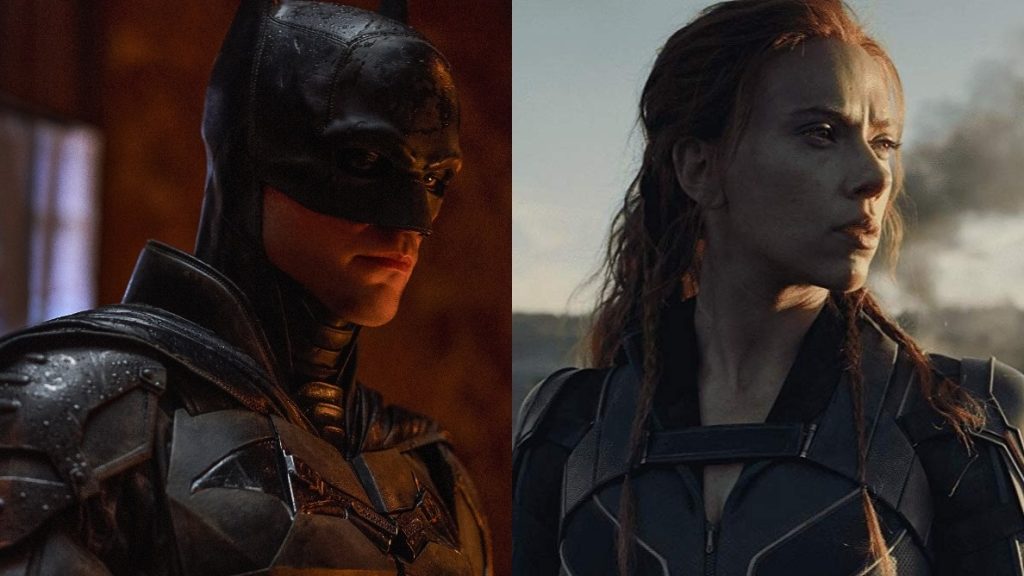One of the most heartbreaking and tragic worlds in the Marvel Cinematic Universe was presented for the first time in Avengers: Infinity War. Vormir. This planet is connected with two of the most devastating scenes in the Marvel Cinematic Universe because it was the site of a great sacrifice and where a famous Avenger met her end. It’s a funny twist of fate that the comic book version was nothing like this.
The Vormir from the Marvel Comics was pretty much simply adapted in name for the Marvel Cinematic Universe because it was filled with alien life and utterly devoid of any former villains. Because of this, it serves as an example of how the shared universe adapts the original material in order to satisfy the requirements of the narrative it is trying to tell. Here are some of the ways in which the Marvel movies helmed by the Russo Brothers deviate from the comics’ depiction of the Vormir.
The Soul Stone’s Vormir Is Much Different In Marvel Comics
The notion of Vormir, who made his first appearance in Avengers #123, was developed by Steve Englehart and William Robert Brown. There, on that foreign world, lived a race of extraterrestrial beings called the Vorms, who bore a striking resemblance to the legendary giant dragons and lizards of Earth’s folklore. The Vorms were a species that only came out at night and were incredibly formidable. They were able to use their massive bulk and powerful tails to defeat anyone who dared to challenge them. When they went into their cocoon form, the species had the power to absorb the energy of entire planets, which significantly increased their resistance to damage.
Extreme heat was one of the things that had the potential to keep the native species of Vormir at bay. This makes sense when considering that roughly three quarters of the planet was covered in water. Because Vormir had a climate comparable to that of Earth but a stronger gravitational pull, it was the ideal location for the Kree to establish their colony and rule the planet. That was made all the easier by the relative barbarism and lack of advancement on the side of the Vorms, with even the mutants of their species not being enough to ward off the Kree Empire. This was made all the easier by the fact that the Vorms had no mutants.
The MCU’s Vormir Has Nothing to Do With the Comics
In the Marvel Cinematic Universe, Vormir is virtually unrecognizably different from how it is depicted in comic books. There, the surface of the planet is covered in a cratered, desolate wasteland, and neither the abundant water nor the Vorms themselves can be found anywhere on the surface of the planet. However, someone who is present is the keeper of the Soul Stone, and it just so happens that this individual was formerly known as the Red Skull of Earth. In order to get this Infinity Stone, it is necessary to make a significant sacrifice; Thanos does so with Gamora, while Black Widow does so in order to enable Hawkeye to acquire the gem. It’s possible that many people are perplexed as to why the planet was given the name Vormir in the first place, given how little the depiction of the planet lines up with the original material.
It’s quite possible that this was because of how little-known Vormir was, even among fans of Marvel Comics. Since the planet hasn’t really been talked about in the Marvel Universe for decades, you could say that it’s more of a footnote in the Marvel Comics canon than a crucial piece of background information. Therefore, the Russo Brothers were free to use the name Vormir however they saw fit, even if significant aspects of the comics were omitted, altered, or glossed over in their adaptation of the character. There is no evidence that the Vormir of the Marvel Cinematic Universe ever housed lifeforms similar to the Vorms of the comic books; however, as the shared universe expands upon cosmic concepts with future films such as The Marvels, there is a possibility that these extraterrestrial lifeforms and their connection to the planet of the Soul Stone will be introduced and explained. So far, there has been no evidence to support this claim.

